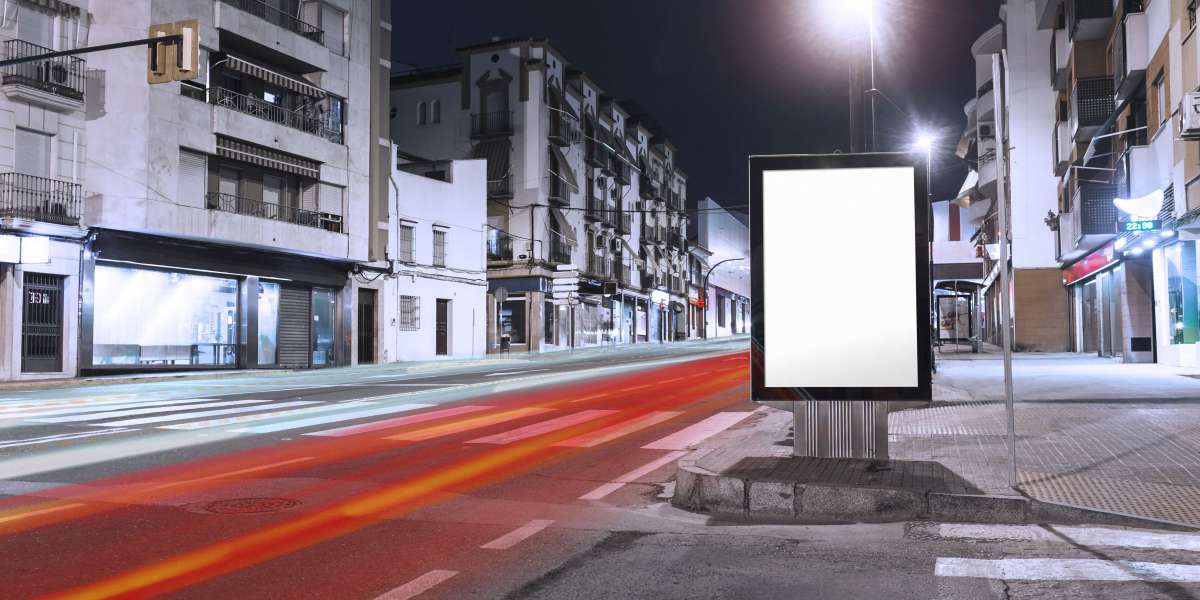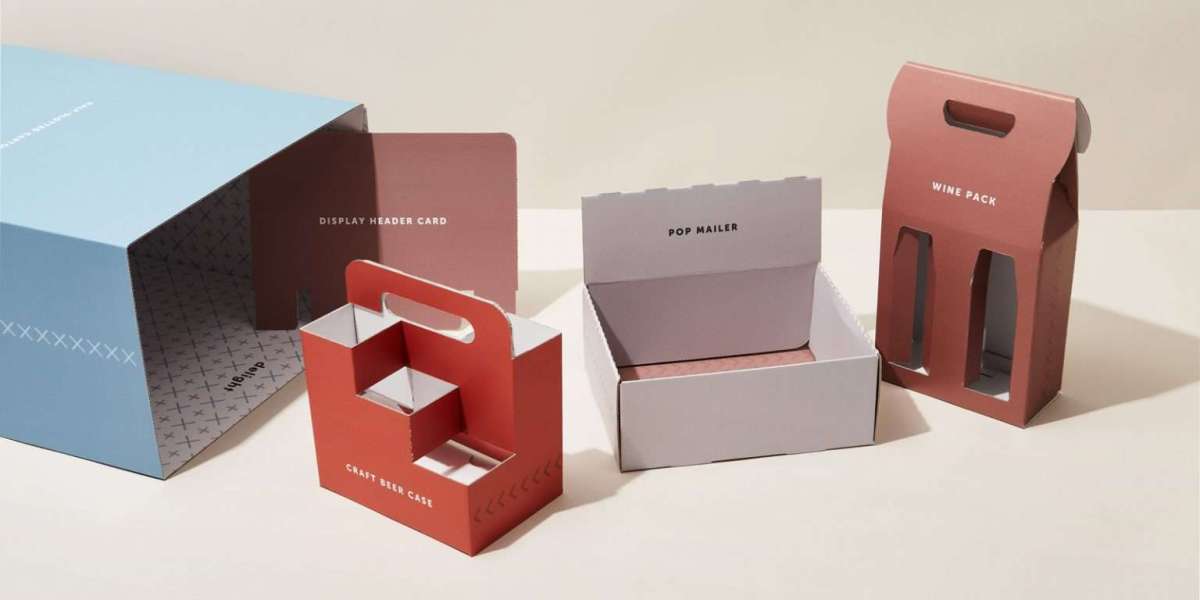1. High Frequency, Low Intrusion
OOH advertising lives where people live — on highways, sidewalks, train stations, malls, and airports. Because of this, your audience encounters the message repeatedly as part of their daily routine. This consistent exposure, even if it's passive, reinforces brand memory without interrupting or annoying the consumer.
Unlike digital ads that can feel intrusive, OOH ads become part of the environment, making them more accepted and retained by the brain over time.
2. Visual Impact in the Real World
OOH offers large-scale, visually striking formats that are hard to ignore. Whether it's a massive billboard or a transit wrap, these ads make a strong visual impression. Research shows that visuals are processed 60,000 times faster than text in the brain, making images and colors essential for memory encoding.
The physicality of OOH makes it more tangible than digital ads. Seeing a product or brand in the real world enhances its legitimacy and recall value.
3. Repetition Leads to Familiarity — and Trust
In psychology, the mere exposure effect suggests that people develop a preference for things simply because they are familiar. The more frequently someone sees your brand, the more likely they are to recognize it — and eventually trust it.
OOH delivers repeated impressions day after day, week after week. This repetition creates familiarity, which is the foundation of brand recall and long-term brand equity.
4. Strategic Placement Amplifies Relevance
OOH ads placed in contextually relevant locations — for example, a coffee brand ad near office buildings or a fitness apparel ad near gyms — increase the likelihood of recall. When your message is relevant to a consumer’s environment or activity, it’s easier for them to associate and remember your brand.
Over time, these contextual cues reinforce the association, making the brand more top-of-mind during purchasing decisions.
5. Synergy With Digital Campaigns
When OOH is used in conjunction with digital media, brand recall gets a significant boost. Studies show that combining OOH with mobile or online advertising increases overall campaign effectiveness and memorability.
This "multi-touchpoint" strategy ensures your brand stays in front of the audience both online and offline, reinforcing the message across mediums.
6. OOH’s Longevity Builds Memory
Unlike fleeting digital ads, which are often scrolled past or skipped, OOH campaigns typically stay in one place for weeks or months. This prolonged exposure helps the audience absorb and retain your brand message over a longer period.
Even if the message is simple — a logo, a tagline, a product visual — the constant presence becomes etched in memory.
7. OOH Builds Emotional Associations Over Time
Great OOH campaigns do more than just present a brand — they tell a story or make an emotional connection. Whether it's humor, inspiration, or curiosity, emotional triggers increase memorability. Over time, as consumers repeatedly engage with these emotional cues, the brand becomes more deeply embedded in their memory.
Final Thoughts
OOH advertising might not always deliver immediate conversions like some digital channels, but its strength lies in long-term brand building and recall. With repeated exposure, high-impact visuals, contextual relevance, and integration with digital media, OOH reinforces brand presence in a way that's subtle yet enduring.



